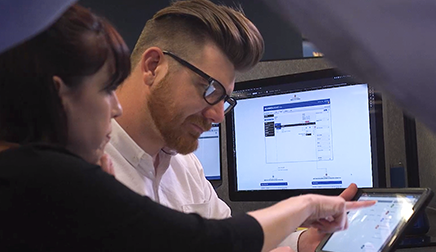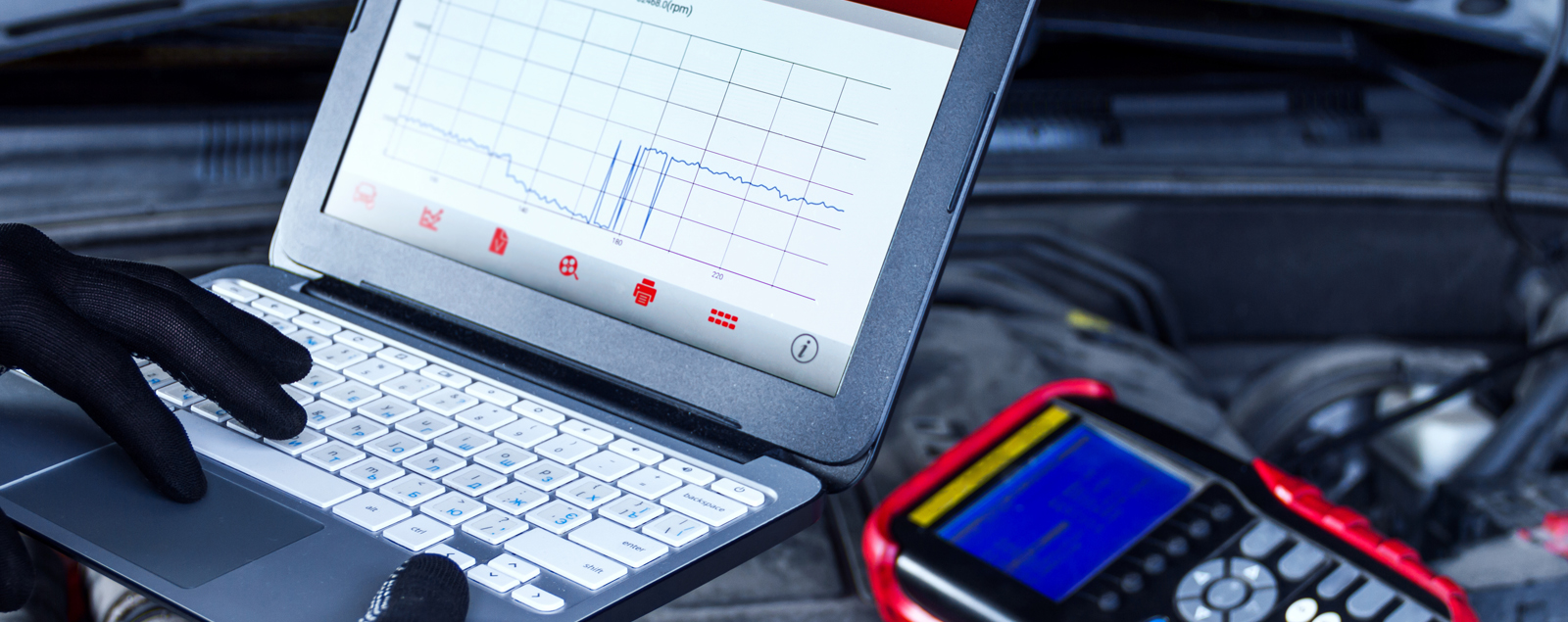
“Seeing” electricity with a Digital Storage Oscilloscope
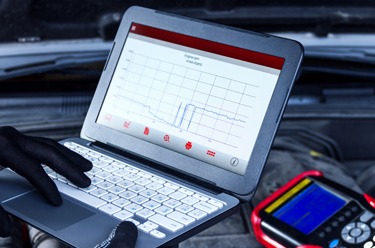
How many parts get replaced that didn’t fix the customer’s complaint because a technician made guesses instead of an accurate diagnosis? Often those inaccurate diagnoses are a result of not being able to see a complete picture of the reason for the problem.
When vehicles have electrical problems, techs often chase their tails because they're unable to see what the electrons are doing inside vehicle systems. The result: wasted time and false conclusions that often result in unhappy customers and lost income.
Glitches (events) that may last only a few thousandths of a second can create drivability problems or may result in vehicle systems that don’t work as intended. These can lead to minor annoyances or, worst case, safety issues.
That trusty dusty Digital Volt Ohm Meter (DVOM) in the bottom drawer of the toolbox cannot hope to measure such voltage changes and convey them in ways technicians can understand.
A Digital Storage Oscilloscope (DSO) or “scope” is an electronic tool that takes a voltage signal from a component and converts it into a visible “Waveform” for analysis. Think of it as a tool that shows us voltage over time; these voltages can be less than a quarter volt and time can measure in the thousandths (or millionths) of a second.
What about a scan tool? Can we use its graphing mode as an alternative to a DSO? Unfortunately, it is too slow to show short-term changes and is not a valid substitute for live scope data.
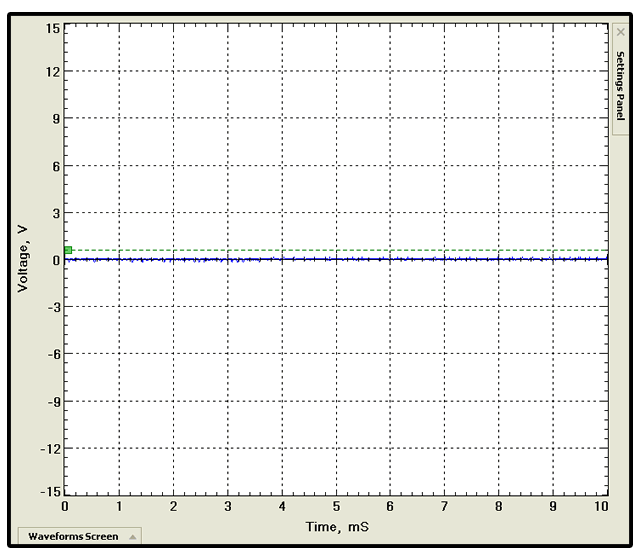
When an electrical sensor sends a signal that changes over time such as a crankshaft position sensor or a mass airflow sensor, this is where the DSO is the “go-to” tool.
- Is the sensor reacting too fast or too slow?
- Is the amplitude of the voltage too low or too high?
- Is there electrical noise or interference present on the circuit that would confuse the module/computer looking for a clean signal?
- Are there missing parts of the signal such as a broken tooth on a reluctor wheel?
Only a scope will give us the visual proof of what is going on.
For example, a tech is working on a 2019 F150 3.5 Turbo and it has a code P0336 for “Crankshaft position sensor A circuit range/performance.” The OE information is going to have us use a DVOM to check the wiring resistance and for shorts to power and ground. The OE info offers a vague “is the voltage between 4.5 and 5.5 volts?” message before the instructions say “replace sensor” or “repair wiring” or the fan favorite, “replace PCM.” It’s a 4.6-hour job to replace that sensor. We need more proof it is faulty before we can recommend that particular job.
This is where a scope shines. We can connect directly to the signal wire where it enters the PCM and SEE exactly what the PCM is seeing. This will tell us if a signal is present at the PCM, if the signal has noise/spikes/dropouts, and if the signal is in the correct range of amplitude and frequency. If the signal is questionable, we can check wiring, power/ground to the device, or even look for a mechanical issue to be causing the problem. If the signal looks good, we then move on to prove the PCM is working properly.
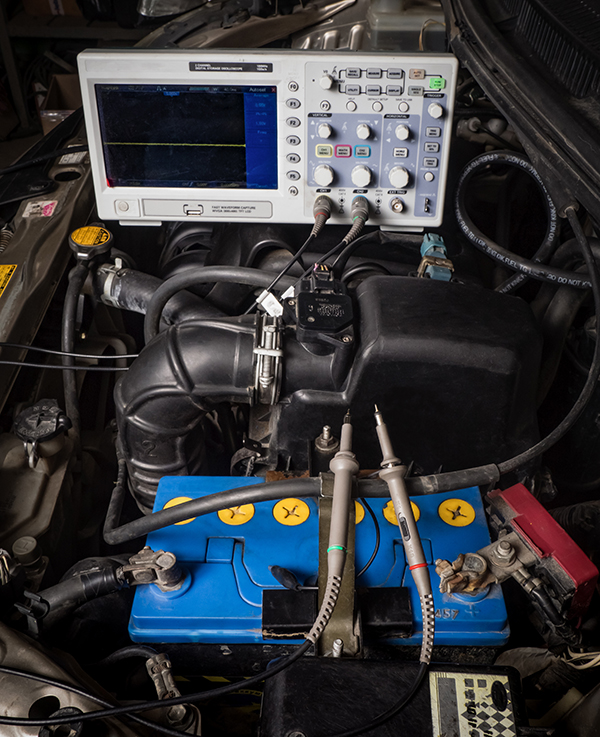
What about vehicle communication networks? This is another excellent reason to grab the scope. Perhaps you have a “U” code indicating a module is not talking to other modules properly on a vehicle with a high-speed CAN system. A DVOM will certainly tell you if you have ground and power at the DLC. If you connect it to the data lines you can see a voltage of about 2.4V on one leg and 2.6V on the other. Great. What else? Nothing. A DVOM will not show you the needed details. With the scope, you can look at both sides of the CAN signal and compare to visually prove they are in sync and not distorted or noisy. If we see noise or an ugly waveform that cleans up the moment you disconnect a suspect module or wiggle a harness, we've just located the problem.
There are a wide variety of scopes available on the market today. Some can be part of a scan tool such as an Autel or a Snap-On. Some are laptop-based such as the Pico. Some are standalone models. Prices can range from under $200 for a single-channel unit that will fit in your pocket to several thousand dollars for a high-end multi-channel scope.
Once a tech gets comfortable using a scope (there is a learning curve), they will find the list of things that they can test with it to be limitless. Fuel pumps, ABS wheel speed sensors, oxygen sensors, video signals, injector on time, injector current flow, ignition signals, speed signals, solenoid current patterns, vacuum and pressure waveforms, and much more.
Once you get a scope and learn to use it, you will kick yourself for not getting one long ago!
Want to see how ALLDATA can improve shop efficiency? Check out our suite of products, each designed to contribute to both shop efficiency and productivity.
If you would like to read more articles like this one please subscribe to ALLDATA News.


